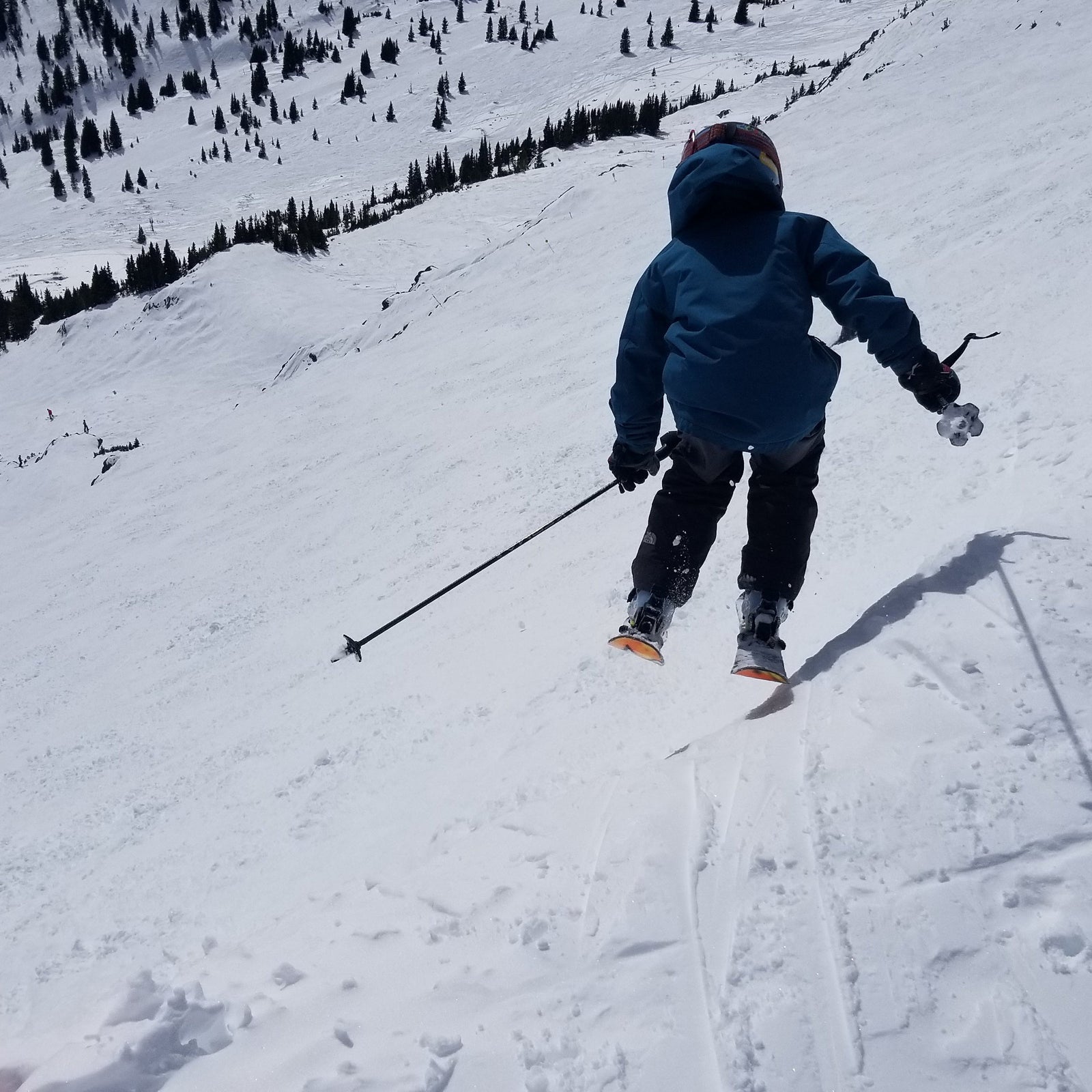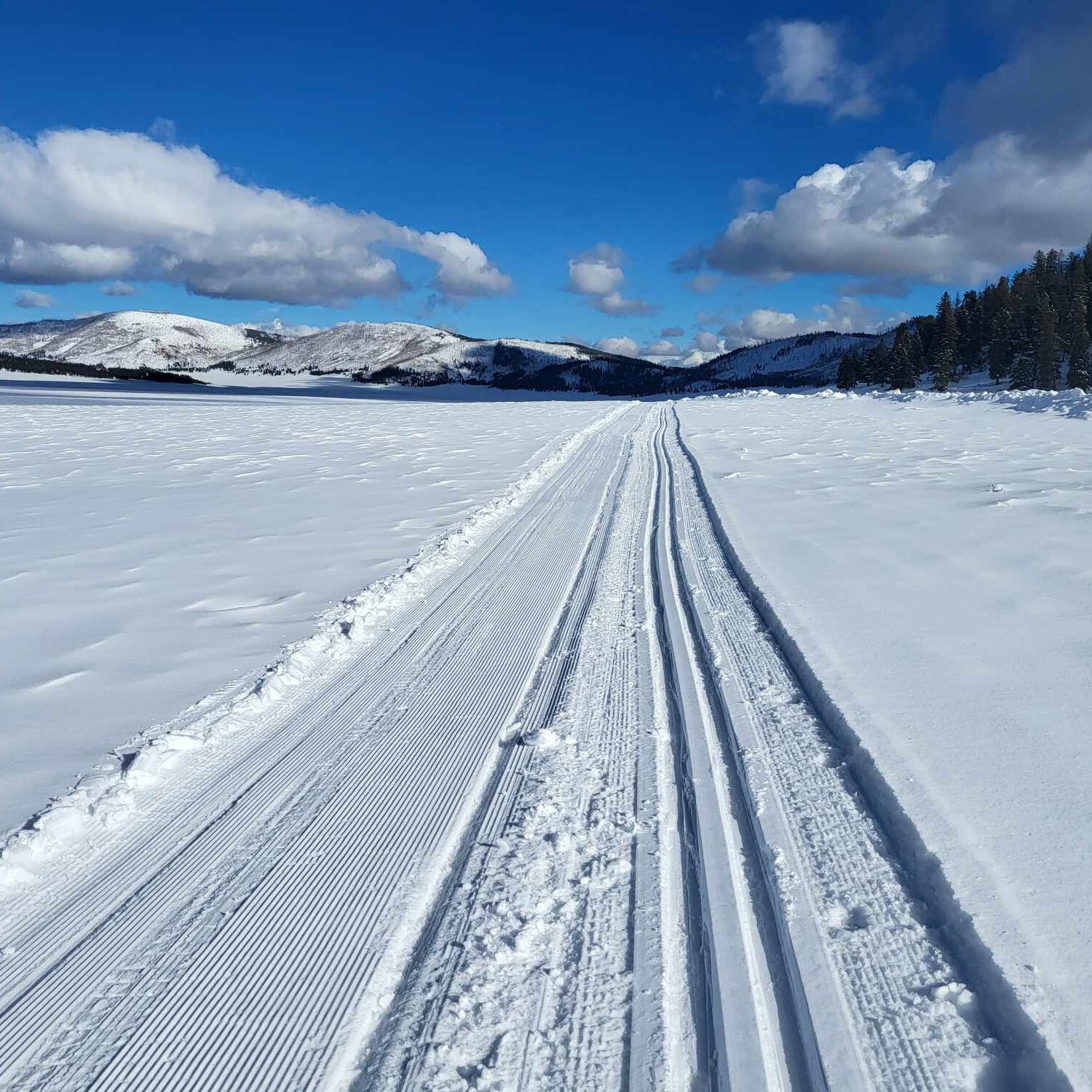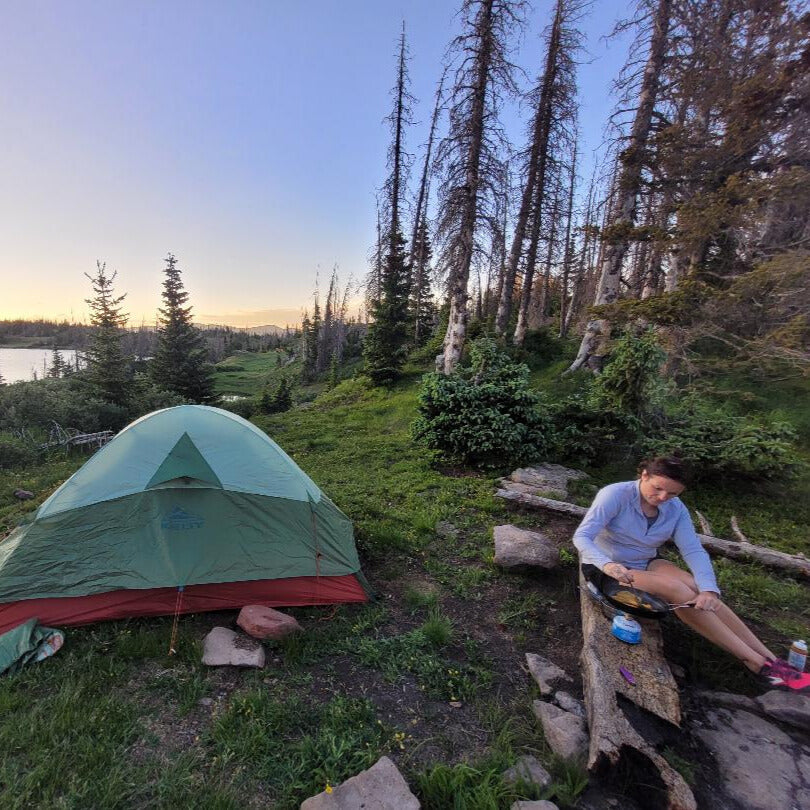Your Cart is Empty
accepting gear drop offs Mon-Sat 10am-5pm. No Consignment acceptance on Sundays.
accepting gear drop offs Mon-Sat 10am-5pm. No Consignment acceptance on Sundays.

Takeaway: Ski gear can be expensive–but used ski gear can be dirt cheap. Read this to learn why you should buy used ski gear and what sorts of things you should look for.
Skiing is fun–but it can also be expensive. Good skis, boots, poles, and bindings cost as much as a used Civic, and that’s before we even talk about ski jackets, pants, and helmets. Fortunately, buying used ski equipment is a fantastic way to save money while still getting quality gear. Just like buying new, purchasing secondhand ski gear requires a bit of knowledge to ensure you’re getting a good deal on equipment that’s safe and suitable for your needs. This guide will walk you through how to buy used ski gear and what to look for when evaluating different types of equipment.
Save money: Used gear can often be found at a fraction of the cost of new equipment.
Be sustainable: Purchasing used gear reduces demand for new products, which helps decrease the environmental impact of manufacturing and shipping.
Get great quality: High-quality ski gear is designed to last, meaning that well-maintained used equipment can still perform well for years.
Finding reliable sources for used ski gear is the first step in the process.Durango Outdoor Exchange has vetted ski gear for all ability levels, ages, and budgets.
Ski length and type:
Skill level: Beginners generally want shorter, more flexible skis, while advanced skiers may prefer longer, stiffer planks.
Type of skiing: Make sure the skis are appropriate for the type of skiing you plan to do (e.g., all-mountain, powder, backcountry, or park).
Condition of the bases and edges:
Base: Inspect the base of the skis for deep scratches, gouges, or core shots (damage that goes down to the core of the ski). Light scratches are normal. A pro can tell you what can be fixed and what can’t.
Edges: Check the metal edges for any cracks, rust, or dullness.
Bindings:
Compatibility: Ensure the bindings are compatible with your boots.
Functionality: Test the release mechanism to make sure the bindings are functioning properly. Note that ski shops are forbidden from working on very old bindings.
Fit and comfort:
Size: Ski boots should fit snugly but not painfully tight. When trying on boots, wear ski socks and make sure your toes just barely touch the front of the boot when standing straight.
Flex: The flex of the boot (how easily it bends forward) should match your skill level and skiing style. Softer flex is better for beginners, while a stiffer flex is for advanced skiers.
Condition of the shells and liners:
Shell: Check for cracks or significant wear on the plastic shell. Avoid boots with any signs of structural damage.
Liners: Inspect the inner liners for wear, tear, or packing out (when the padding becomes compressed and less supportive). Don’t be afraid to stick your nose in there and get a good sniff, too, JIC. Liners can often be replaced, but this adds to the cost.
Buckles and straps:
Functionality: Make sure all buckles and straps are intact and work smoothly. They should close securely and hold the boot snugly around your foot.
Length:
Proper fit: To determine the correct length of ski poles, turn the pole upside down and hold it just below the basket. Your elbow should form a 90-degree angle when the pole is the right length.
Condition:
Shaft: Inspect the shaft for bends or cracks. Aluminum poles are more likely to bend, while carbon fiber poles can crack.
Grips and straps: Make sure the grips are comfortable and the straps are in good condition. Worn straps can be replaced, but this adds to the overall cost.
Helmets:
Fit and comfort: The helmet should fit snugly without being too tight. It should sit level on your head with the front edge just above your eyebrows.
Condition: Inspect the helmet for any cracks or dents, especially on the inside lining. Helmets are designed to absorb one significant impact, so if there’s any sign of damage, avoid it.
Goggles:
Lens condition: Check the lenses for scratches or cracks.
Fit with helmet: Ensure the goggles fit well with your helmet, leaving no gaps around the edges.
Jackets and pants:
Waterproofing and insulation: Look for any tears, worn seams, or damaged zippers.
Fit: Make sure the clothing allows for a full range of motion.
Gloves and mittens:
Condition: Inspect the gloves or mittens for any wear or damage, especially in high-use areas like the palms and fingertips.
Insulation: Ensure the insulation is intact and provides adequate warmth.Durango Outdoor Exchange has new gloves and mittens.
Other accessories:
Neck gaiters, hats, and socks: These are inexpensive to replace, don’t settle for heavily worn used items.
Can you find good deals on used ski gear on Marketplace? Absolutely. Is it worth the hassle of meeting a stranger and getting questionable opinions from someone who may or may not know what they are talking about? Hmmmmm.
This highlights the beauty ofDurango Outdoor Exchange. Gear experts at the Exchange carefully inspect everything before we accept it for consignment, and all of us are ENTHUSIASTIC about skiing and ski gear, meaning you can have confidence that you’ll be getting the right gear at a killer price. Have old ski gear you want to sell? Bring it in and consign with us!

Thanksgiving is almost here–and skiing this early is always a gamble. Here are some non-skiing warm(er) weather destination ideas for the long break.

Just a couple hours from Durango, Valles Caldera is a great cross-country skiing destination, with surprisingly good snow and very few visitors.
Valles Caldera National Preserve is a popular hiking destination in the summer and a surprisingly great skiing destination in the winter.

When spending one night (or many) in the backcountry, a warm dinner at night and hot beverage in the morning can make the difference. That invariably involves using a stove of some sort–but which one?
Stove technology has been around for decades, but new tech is making them lighter, more efficient, and more dependable than ever before. Here’s a rundown of the different kinds of backpacking stoves: